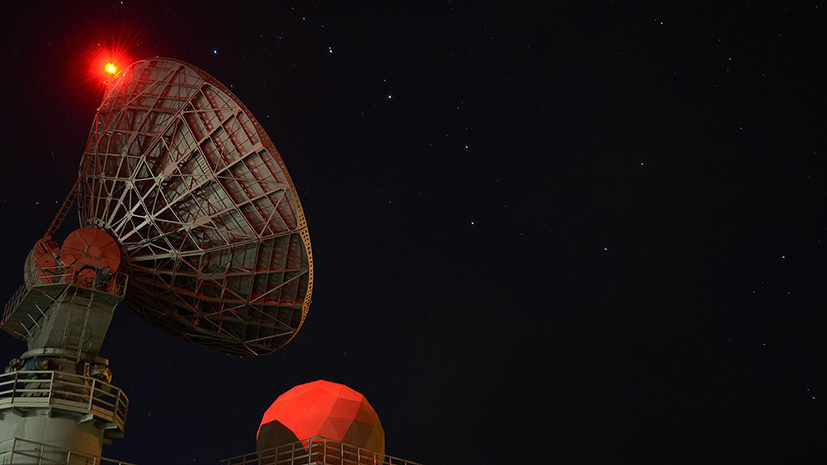In Russia, they intend to create a national center for tracking and tracking dangerous asteroids and comets, the head of the information and analytical center for ensuring the safety of space activities in near-Earth space of the head scientific institute of Roskosmos TsNIIMash Igor Bakaras said, RIA Novosti reports.
He specified that the center’s task will be to detect small celestial bodies approaching the Earth - dust, meteoroids, comets and asteroids.
“As part of the creation of a monitoring system and information support for the safety of space activities in near-Earth space, it is planned to create the Russian Center for Small Celestial Bodies, whose main task will be to detect and track celestial bodies of natural origin approaching the Earth,” he said.
Within the framework of the organization, specialists from Roscosmos, the Russian Academy of Sciences, the Ministry of Emergencies, as well as the Foreign Ministry will interact, explained Bakaras. The Center will also exchange information received with other countries and international organizations.
The project will begin, according to preliminary estimates, in mid-2020.
Boris Shustov, scientific director of the Institute of Astronomy of the Russian Academy of Sciences (INASAN), has repeatedly come forward with this initiative. Compared to other countries, Russia is discovering an insufficient number of dangerous space objects, RIA Novosti quoted him as saying. In particular, by the beginning of 2019, the Russian contribution to the detection of dangerous asteroids was 0.1%, while the United States made the main contribution.
Note in November at Roscosmos announced their intention to place telescopes on the moon to track dangerous asteroids. According to the executive director of Roscosmos for promising programs and science, Alexander Bloshenko, telescopes on the moon, together with satellites at the libration points of the Sun-Earth system, must enter the global system that will monitor potentially dangerous objects in the background of the Sun and in space.
Senior researcher at the Solar System Research Department of the Institute of Astronomy of the Russian Academy of Sciences, secretary of the expert working group on space threats of the Space Council of the Russian Academy of Sciences Sergey Naroenkov in an interview with RT said that the problem of asteroid-comet safety has been considered for about twenty years.
“Recently, we have witnessed the repeated fall of cosmic bodies to the earth. For example, the Chelyabinsk event. Over the past twenty years, the Institute of Astronomy of the Russian Academy of Sciences has been working on the problem of asteroid-comet hazard and has come up with a proposal to create a system to counter space threats. Such a center has not yet been created and, as a rule, such systems are created with large space agencies, for example, there is such a center with NASA, ”he said.
- vk.com
- © Roscosmos
The expert also noted that such a system is necessary for Russia, as it will allow the country to have its own independent source of information on the space situation. According to the interlocutor of RT, if such a large program, as planned by Roscosmos, is launched, then Russia will have real means for monitoring.
“The system under development will help to predict the place of the fall of a dangerous object, perhaps it will calculate the consequences of collisions. Naturally, the protocols on cooperation with the Ministry of Emergencies in the field of civil defense should be implemented, ”he explained.
Recall, on February 15, 2013, a meteorite entered the Earth’s atmosphere, which caused a strong explosion at an altitude of 30-50 km and the fall of numerous fragments in the Chelyabinsk region. The largest fragments fell in the area of Lake Chebarkul. As a result of the incident, 1,615 people were injured, most of them from broken glass.
In November 2019, Russian surveillance tools discovered a new asteroid comparable in size to the Chelyabinsk meteorite. Specialists of the Astronomical Scientific Center have established that the celestial body is approaching the Earth and is in a heliocentric orbit with a circulation period of 2.89 years.
In 2016, an automated warning system for dangerous situations in near-Earth space was created in Russia. It includes optoelectronic stations located on the territory of the country and outside it, in particular in Armenia and Brazil. At the moment, the system mainly monitors objects in near space, including tracking space debris and ensuring the safety of the movement of spacecraft.

